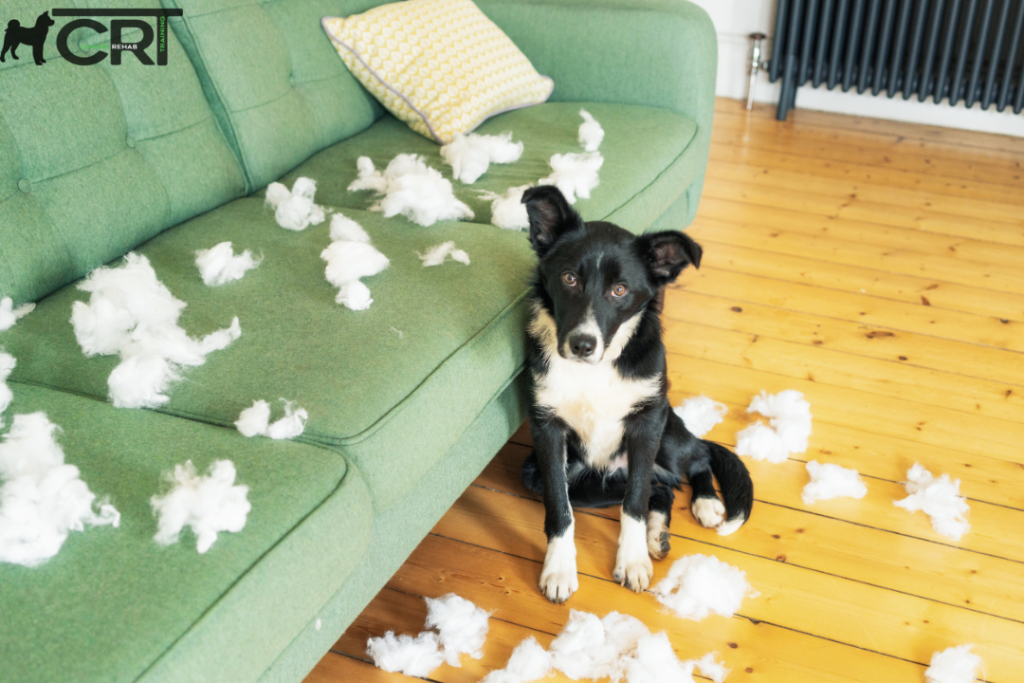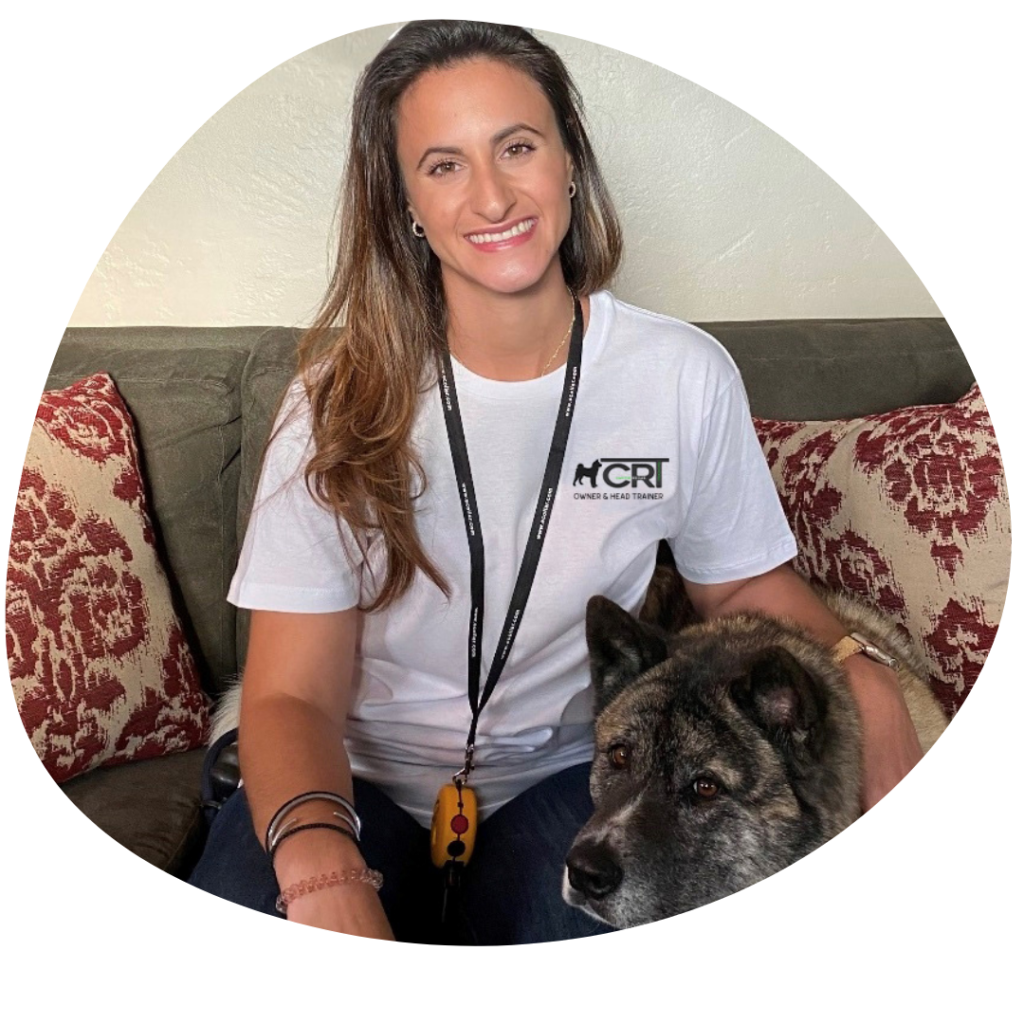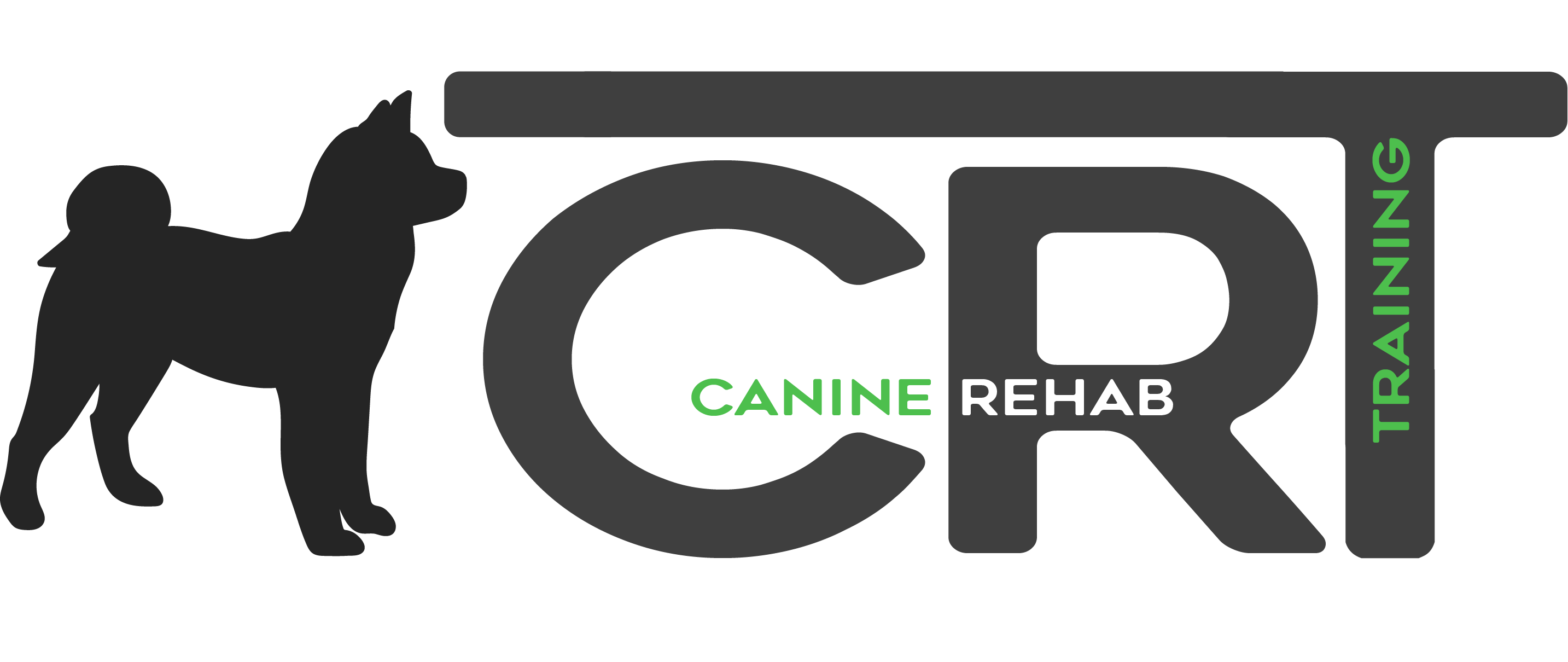How to Train a Dog with Separation Anxiety
Welcome to the CRT K9 blog, where we dive deep into the world of dogs, offering insights, tips, and compassionate solutions for the challenges both pets and their owners face. Today, we’re tackling a common but distressing issue many dog owners encounter: separation anxiety.
Quick Training Overview: Easing Separation Anxiety
Overcoming separation anxiety in dogs involves a few key steps:
1. Gradual Departures: Start leaving your dog alone for short periods, gradually extending the time to help them adjust.
2. Safe Space: Provide a comfortable area for your dog to stay in your absence, like a crate or a specific room, associated with positive feelings.
3. Exercise and Mental Engagement: Ensure your dog gets plenty of physical activity and mental stimulation to keep them calm and occupied.
4. Routine Cues: Use consistent cues before leaving to signal to your dog that you will return, helping to minimize their anxiety.
5. Desensitization: Gradually expose your dog to being alone, starting with brief absences and slowly increasing the duration.
6. Professional Help: For severe cases, consult with a dog trainer or behaviorist for specialized guidance.
With patience and consistency, these steps can significantly reduce your dog’s separation anxiety, fostering a happier, more secure companion.

Understanding Separation Anxiety
At the heart of many a bittersweet goodbye is a dog experiencing separation anxiety. This condition goes beyond the occasional whimper; it’s characterized by intense stress behaviors your furry friend exhibits in your absence. From destructive chewing to incessant barking, the signs are as unmistakable as they are heartrending.
But why does your dog act this way? Separation anxiety stems from a deep fear of isolation. Dogs, as pack animals, are hardwired for companionship. When their human pack members leave, uncertainty and anxiety set in. Several factors contribute to this anxiety, including past traumas, lack of socialization, or sudden changes in routine. Recognizing these signs early is crucial for your dog’s emotional well-being.
Preparing Your Dog for Alone Time
Preparation is key. Before leaving your dog alone, ensure they’re set up for success. A comfortable, safe space, ample physical exercise, and plenty of mental stimulation can make a world of difference. Try leaving your dog with a challenging puzzle toy; it’s like leaving a kid with a new video game—distractingly fun.
Training Techniques to Combat Separation Anxiety
Training your dog to be alone is akin to teaching a toddler independence—gradual and full of encouragement. Start with short departures, gradually increasing the time away. Use cues like picking up keys or putting on shoes as signals for upcoming alone time, helping your dog understand and predict your departures.
Implementing a predictable routine helps too. Dogs thrive on consistency; knowing when to expect solitude can ease the stress of it.
Behavioral Interventions
Sometimes, a bit more intervention is needed. Counter-conditioning, for example, can help change your dog’s emotional response to being alone, turning fear into a calm acceptance or even enjoyment. Crate training, when done correctly, provides a safe haven for your dog, a personal den they can retreat to for security.
In more severe cases, consulting a vet for possible medication or exploring natural remedies can provide relief. Remember, these are aids, not solutions; they work best alongside training and behavioral interventions.
Professional Help
There’s no shame in seeking professional help. A dog trainer or behaviorist can offer personalized strategies that cater to your dog’s specific needs. For some, doggy daycare or a pet sitter is a wonderful solution, providing companionship and care in your absence. In extreme cases, a veterinary behaviorist can be the key to unlocking a more peaceful existence for your furry friend. Here at CRT K9 we have the expertise and experience to help you and your dog so you both can live a happier life together!

Maintaining Progress and Preventing Relapse
Like any form of training, consistency is crucial. Keep a keen eye on your dog’s behavior, ready to adjust your strategies as needed. Improvement signs include a reduced pace of pacing, less vocal distress when you prepare to leave, and, ultimately, a calm demeanor in your absence.
Long-term, the goal is to prevent relapse. Continue with exercises, keep routines predictable, and always ensure your dog feels secure and loved, whether you’re there or not.
Conclusion
Tackling separation anxiety is no small feat. It requires patience, understanding, and a consistent effort. But the reward—a calm, happy dog that feels safe alone—is well worth the effort. Remember, you’re not just easing their fears; you’re building a stronger bond and a more confident companion.
So, to all the dog owners out there facing this challenge, take heart. You have the tools, the knowledge, and a community ready to support you. Your furry friend’s fears aren’t insurmountable. Together, you can conquer separation anxiety and enjoy a fuller, more joyful life side by side.
Remember, every dog is unique, and what works for one may not work for another. Be prepared to experiment and find what best suits your furry friend.
Thank you for joining us on this journey. For more insights, tips, and doggy tales, keep tuning into CRT K9. Together, we’re making life better, one paw at a time.
